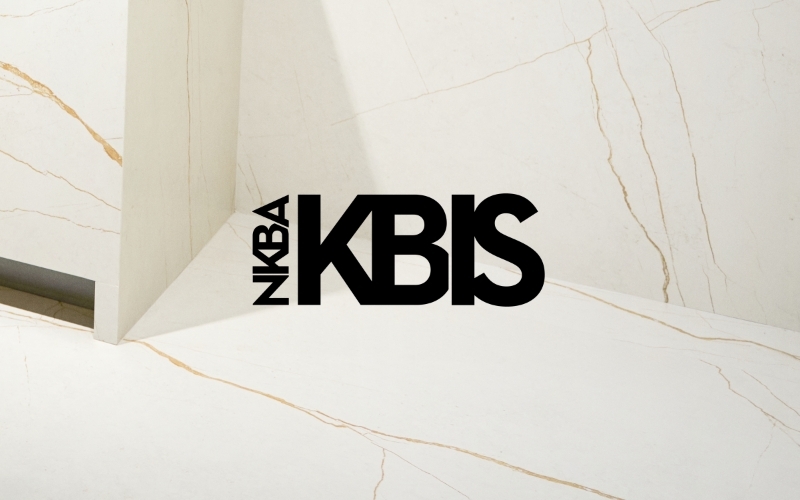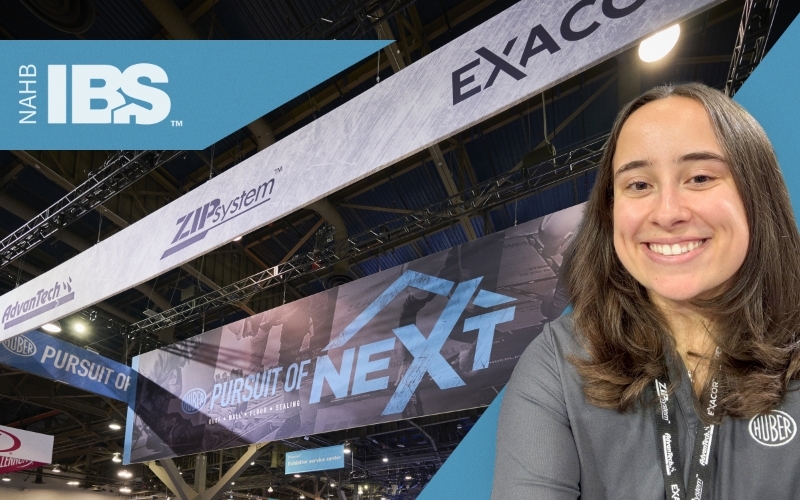Industry Trends
Marketing Insights
According to the U.S. Department of Commerce, the number of modular homes hovers around two percent of the roughly 400,000 single-family houses built in the United States annually. While two percent may seem like a small percentage, the amount of design innovation around modular and prefab homes seems to suggest a potentially game changing trend as the broader public and local communities become more informed about the benefits of this type of construction.
The Upside
Visit Builder magazine’s website, search “modular construction” and the touted benefits of the construction method are immediately visible just by scanning the headlines:
- Rebuilding Detroit, One Modular Rental at a Time – Modular construction gets tenants into new buildings quicker.
- Affordable Net-Zero Energy Kit Homes Hit the Market – SIPs manufacturer makes net-zero living possible at $150 a square foot.
- Modular Building Goes Mainstream in Storm-Ravaged Areas - Factory-built homes engineered for coastal conditions are taking off in towns devastated by Hurricane Sandy.
- And the list goes on…
Faster, more affordable, better design and quality control—these are just some of the benefits of modular construction being touted by the industry. Prefabricated, modular homes also ensure a cleaner end product, because they are built inside of a factory away from weather and dirt, and waste less material.
The Downside
“Because it’s made of boxes, you end up with walls against walls, taking up valuable square footage in the building. Designers have to decide everything on the front end. (Prefab apartment buildings on the rise, Marketplace.org)”
While less square footage and upfront design decisions are an inconvenience, the main downside might be the public’s perception of “prefab” homes. However, in a controlled factory environment, architects have begun creating stunning prefab houses that are a far cry from the cookie-cutter prefab houses of the past.
What’s next?
While preassembled walls and rafters are being shipped to housing sites all the time, the upfront design of a modular unit, complete with lighting fixtures and tile backsplashes, offers an opportunity for home and building product companies to create exciting partnerships with modular construction companies, designers and other product manufacturers. Getting in the door early on a promising trend could mean an upward swing for your business.


